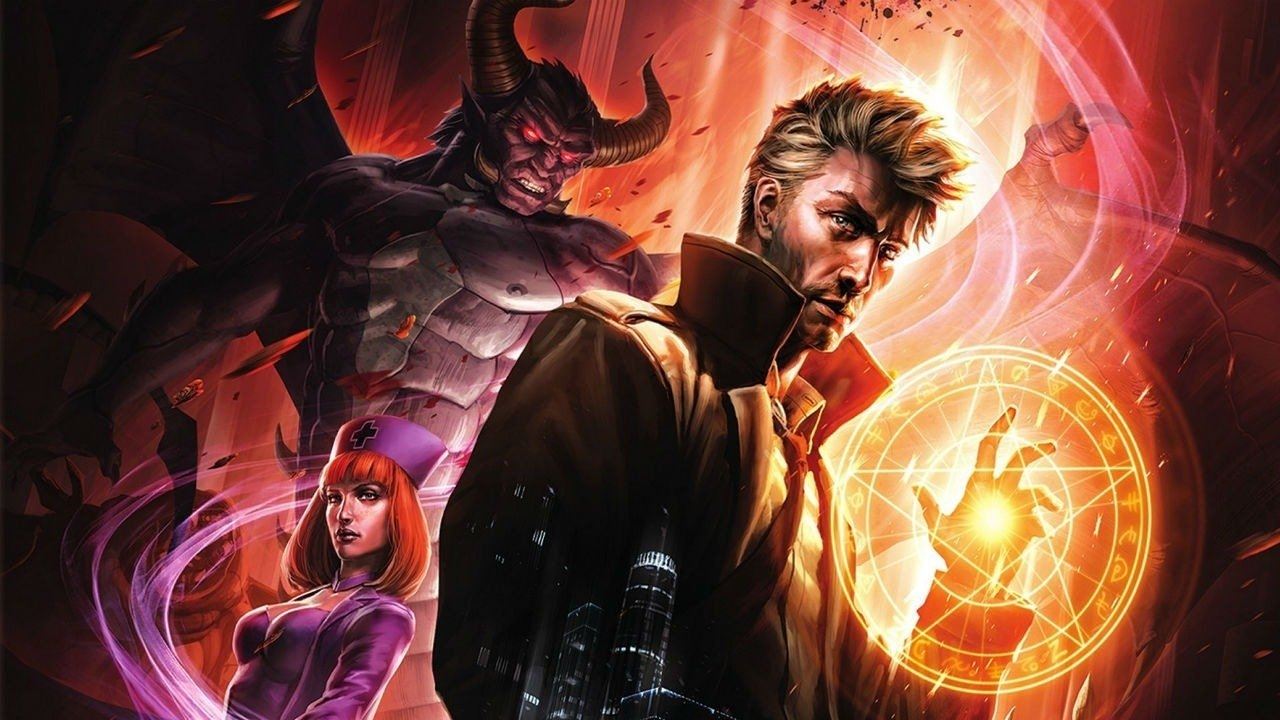

The abstracts are due Febru.īrown, Peter. We are accepting proposals on any type of late antique violence, for 20-minute papers to be delivered in person in New Orleans.

Interrogating this slow violence, as opposed to violence as necessarily fast and presumably military, reopens the question of its experience in Late Antiquity expanding its definition to include the quotidian violence of social domination in the city and the countryside. Slow violence in the late antique world includes, but is not limited to landlord-tenant relationships, legal institutions like prisons and mines, as well as slavery in both the domestic and rural sphere. One key concept is that of “ Slow Violence ,” which modern environmental sociologists have argued shapes and structures contemporary society through pollution, workplace exploitation, and other long tendrils of the global supply chain. ” We hope to develop a further in dialogue with concepts from outside the field and renewed interest within it.

There were also examples of interpersonal and sexual violence glimpsed at in the religious and legal evidence of Late Antiquity, as well as violence exacted against the environment.Īt next year’s annual meeting of the Society for Classical Studies (January 2023, New Orleans), the Society for Late Antiquity is organizing a session on “ Slow and Fast Violence in Late Antiquity. There was still violence between religious groups, and between the state (in its various configurations) and dissident religious groups, as well as narratives around these forms of violence now seen as crucial to understanding what actually happened in this period and how it was perceived by the people who lived through it. In fact, many recent studies underscore different types of violence, and offer a broader and more nuanced understanding of this phenomenon. This revised imagining of Late Antiquity has rivaled catastrophist views with a narrative that foregrounds transformation, accommodation, and cultural intermingling.īut just because military violence has receded from most narratives of Late Antiquity does not mean that all violence has. Over the last fifty or so years, a variant picture of the period ca. Battles from Adrianople to Yarmuk were seen as decisive turning points, matched only by the brutal sacks of Rome in their import and historical relevance. Histories centered on generals and their exploits.

This was a violence primarily driven by the people the Romans called “barbarians,” who poured across the frontiers, pillaging and burning as they went. Emending Violence in Late Antiquity (Henry Gruber)įor centuries, the period that saw the fall of the Western Roman Empire and the transition to whatever came after was seen as particularly violent.


 0 kommentar(er)
0 kommentar(er)
